Cartesian equation:
Algebraic curve
if and only if n is rational.
| next curve | previous curve | 2D curves | 3D curves | surfaces | fractals | polyhedra |
CLAIRAUT'S CURVE
| Curves studied by Clairaut in 1726.
Other name: Clairaut's multiplier curve. |
| Polar equation: Cartesian equation: Algebraic curve
if and only if n is rational.
|
Clairaut's curves are defined by their polar equation written above.
Examples for positive values of n (part with positive ordinate):
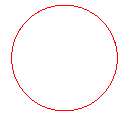
n = 1: circle |
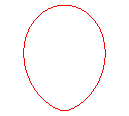
n = 2: double egg |
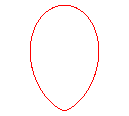
n = 3: simple folium |
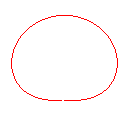
n = 1/2: curve of the dipole |
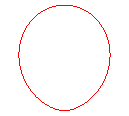
n = 3/2 |
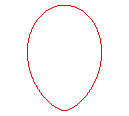
n = 5/2 |
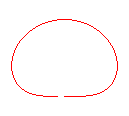
n = 1/3 |
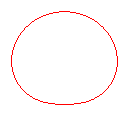
n = 2/3 |
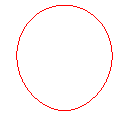
n = 4/3 |
Examples for negative values of n (part with positive ordinates):
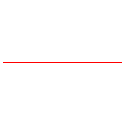
n = -1: line y = a |

n = -2: Kampyle of Eudoxus |
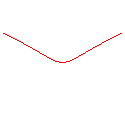
n = -3: duplicatrix cubic |
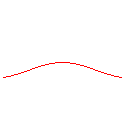
n =- 1/2: cf. Külp's quartic |

n = -3/2 |

n = -5/2 |

n = -1/3 : cf witch of Agnesi |

n = -2/3 : Roche's curve. |
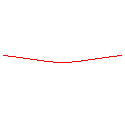
n = -4/3 |
| Clairaut's curves are the glissettes
of the sinusoidal
spirals.
More precisely, if the sinusoidal spiral of parameter n Thanks to the glissette/roulette equivalence theorem (see at glissettes), Clairaut's curves are also the linear roulettes of the evolutes of the sinusoidal spirals. Examples:
|
 |
| The orthogonal
trajectories of various Clairaut's curves of parameter n, Opposite, the cases n = 1 and 2. |
 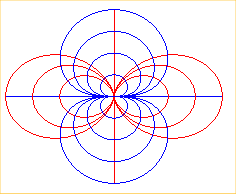 |
Clairaut's curve of parameter n is also the radial
curve of the Ribaucour curve
of parameter n + 1.
| next curve | previous curve | 2D curves | 3D curves | surfaces | fractals | polyhedra |
© Robert FERRÉOL 2017